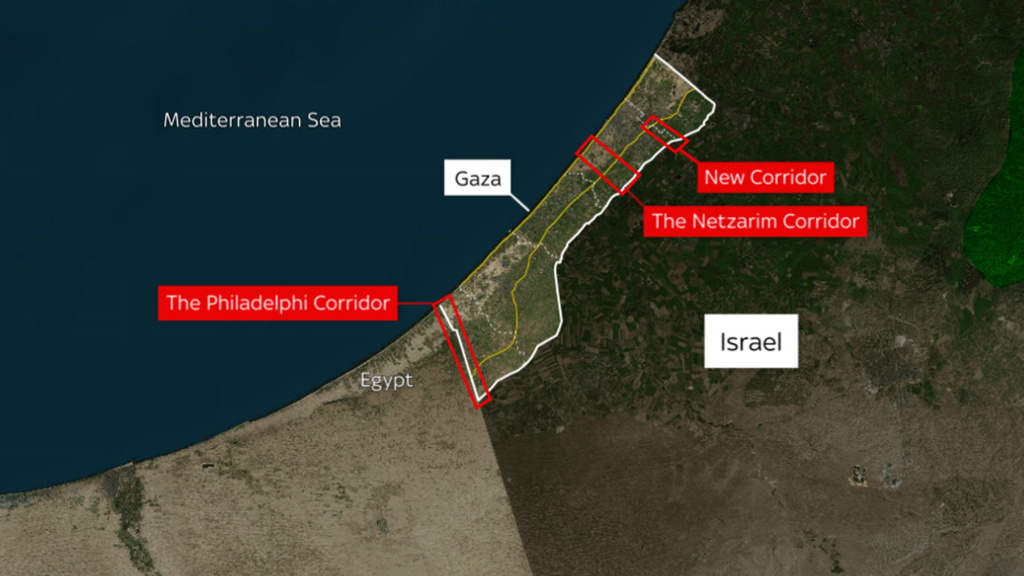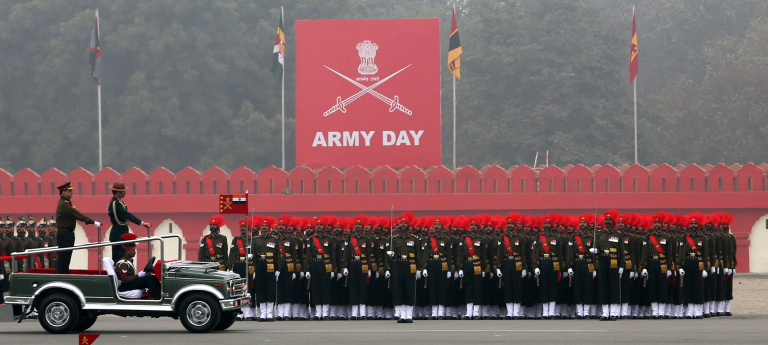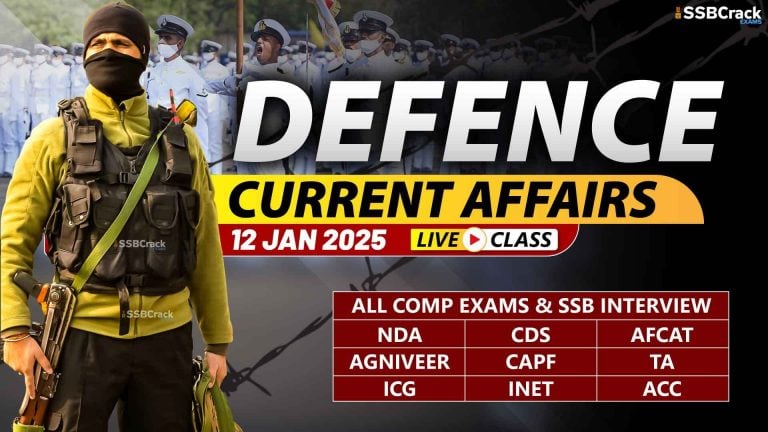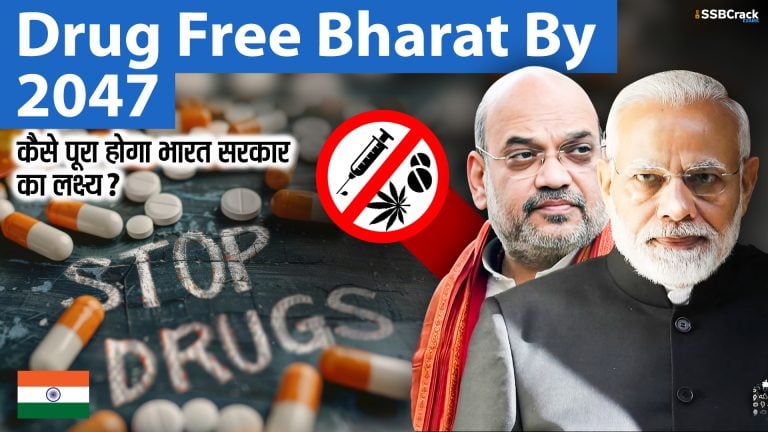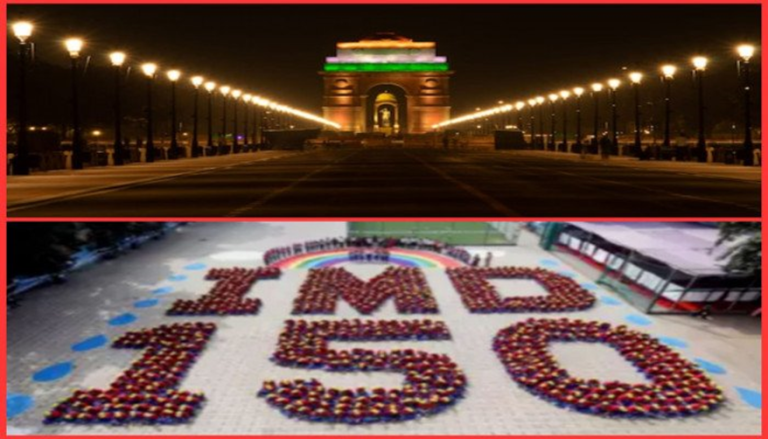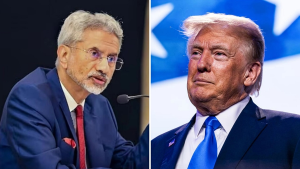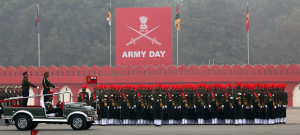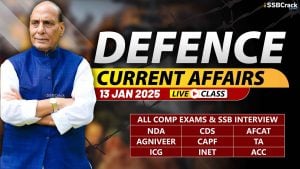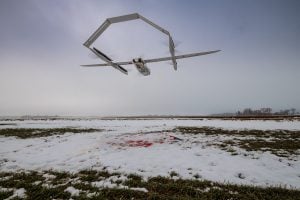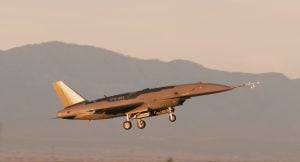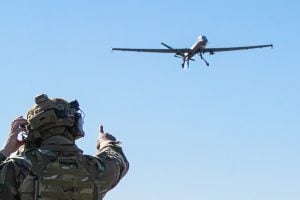A narrow strip of no man’s land has become the chief sticking point in cease-fire talks between Israel and Hamas, many officials from mediating countries say.
The Philadelphi Corridor An Israel-Gaza Cease-Fire Obstacle
A narrow strip of no man’s land has become the chief sticking point in cease-fire talks between Israel and Hamas, many officials from mediating countries say. Israeli Prime Minister Benjamin Netanyahu has repeatedly insisted that Israeli forces must remain in the Philadelphi Corridor on the Gaza-Egypt border. That’s been a nonstarter for Hamas, and Egypt says the Israeli troop presence violates a peace treaty between the two countries.
What is the Philadelphi Corridor?
The Philadelphi Corridor runs along the Gaza-Egypt border, stretching nine miles long and with a width of roughly 100 meters, from Gaza’s southernmost tip to the Mediterranean Sea. It includes the Rafah border crossing, which became a lifeline to the enclave after Hamas’s Oct. 7 attack on Israel and the invasion of Gaza that followed. Some aid flowed in, and critically sick and wounded people were evacuated through the crossing until Israeli forces captured and shut it in May.
Who controls the Philadelphi Corridor?
The 1979 peace treaty between Egypt and Israel defined the border between them and limited the military equipment and forces the countries could deploy on either side. A further agreement signed in 2005 was specific to the portion of the border that edges the Gaza Strip. Egypt was allowed to bolster its border patrols, while Israeli forces withdrew. The Palestinian Authority took over administration of the border as well as the Rafah crossing under the watch of European Union monitors.
Just two years later in 2007, Hamas took over Gaza, and Israel, aided by Egypt, imposed a blockade that severely restricted the movement of goods and people across the border. That blockade was tightened after Oct. 7. In a May offensive, Israeli forces captured the Philadelphi Corridor and the Rafah border crossing. Israeli prime minister pointed at a map of the Gaza Strip marked with icons of missiles, money bags and masked men. “The Axis of Evil needs the Philadelphi Corridor, and for the same reason we must control the Philadelphi Corridor,” he said.
What is Netanyahu’s position on the corridor?
Israeli prime minister pointed at a map of the Gaza Strip marked with icons of missiles, money bags and masked men. “The Axis of Evil needs the Philadelphi Corridor, and for the same reason we must control the Philadelphi Corridor,” he said. Last week, the Israeli cabinet voted in favor of an ongoing military presence within the Philadelphi Corridor, over the objections of Defense Minister Yoav Gallant.
Hamas has called that a nonstarter. “Without the withdrawal [of Israeli forces], fully, from the Gaza Strip and especially from Netzarim and Philadelphi, there is no agreement,” Hamas official Khalil al-Hayya told.
What is Egypt’s position on the corridor?
Although Egypt has played a mediator role in the Gaza cease-fire talks, “now, we’re part of the problem,” said a former Egyptian official familiar with negotiations, who spoke on the condition of anonymity to discuss sensitive diplomacy. Egypt also has its own national security concerns about an Israeli presence on the border, including that Israeli forces there could push Palestinians into Sinai, said H.A. Hellyer, a Middle East security analyst at the Carnegie Endowment for International Peace and the Royal United Services Institute.


